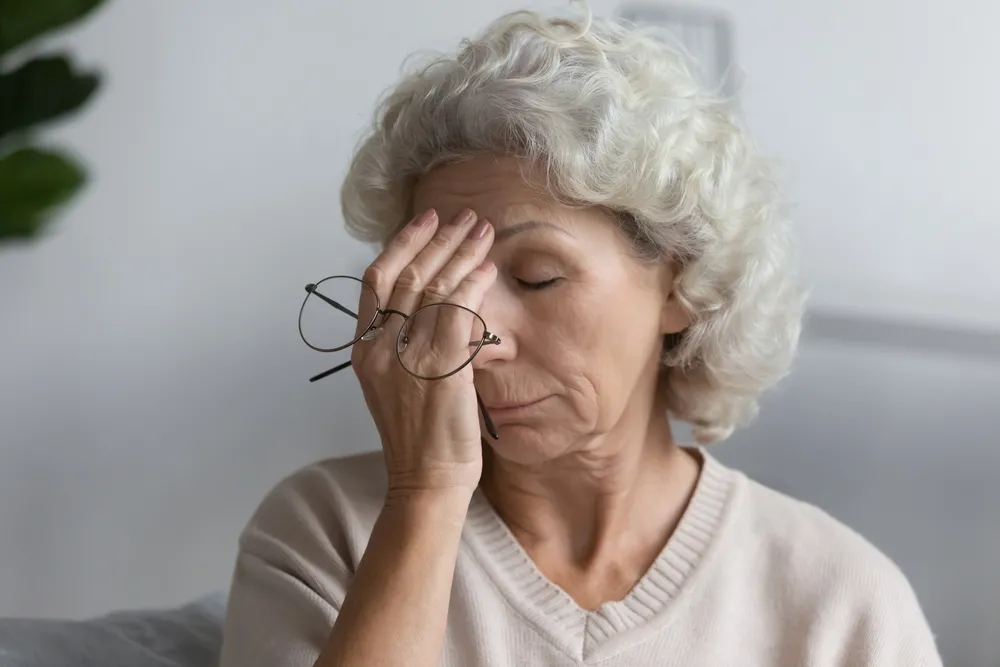You know what’s not supposed to be part of your golden years? Living in a tent behind a gas station. But across the country, more and more older adults are finding themselves exactly there—caught in a crisis that no one’s tweeting about, but absolutely should be. Senior homelessness is exploding, and no, this isn’t just a West Coast thing. It’s everywhere. And it’s ugly.
We’re not talking about missed mortgage payments or “downsizing.” We’re talking about 70-year-olds with walkers trying to survive the winter without a roof. The worst part? Most of this was totally avoidable. From busted retirement systems to skyrocketing rents, there are some serious forces at play here—and they’re not slowing down. So let’s break down 14 trends that prove this crisis is very real, very dangerous, and very much in need of your attention.
1. The Silver Tsunami: A Growing Wave of Homeless Seniors
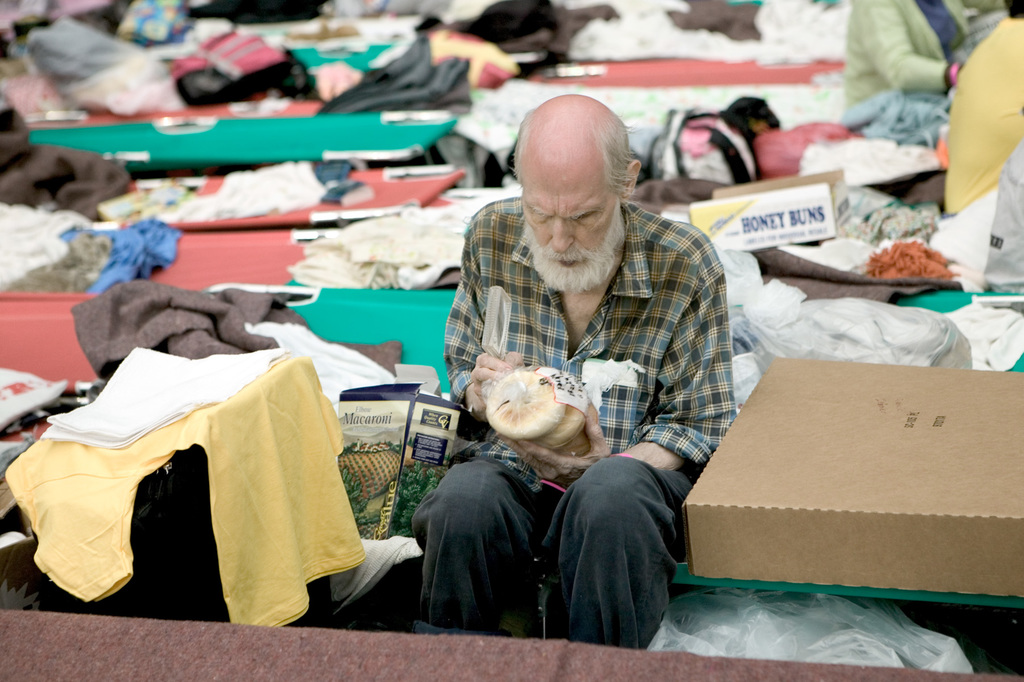
Imagine retiring after decades of work, only to find yourself without a roof over your head. Sounds like a dystopian novel, right? Unfortunately, it’s becoming a reality for many older adults. According to the 2024 Annual Homelessness Assessment Report, over 104,000 individuals aged 55-64 and more than 42,150 people over 64 were experiencing homelessness in 2024. That’s nearly 150,000 seniors without stable housing.
What’s driving this surge? A cocktail of factors: rising housing costs, inadequate retirement savings, and insufficient social safety nets. The same report highlights that nearly half of adults aged 55 or older were experiencing unsheltered homelessness, meaning they’re living in places not meant for human habitation. It’s a grim picture that underscores the urgent need for targeted interventions.
2. California Dreamin’ Turns Nightmarish for Seniors
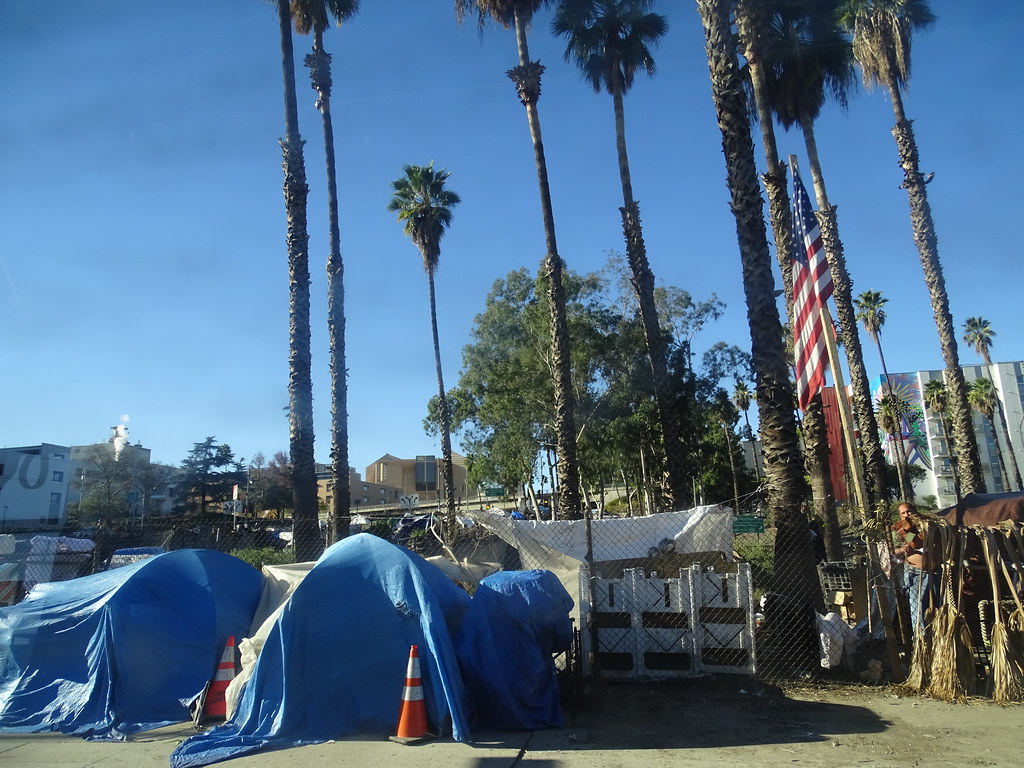
California, the land of sunshine and surf, is also a hotspot for senior homelessness. From 2017 to 2021, the state’s senior population grew by 7%, but the number of people aged 55 and over seeking homelessness services increased by a staggering 84%. That’s more than any other age group, according to CalMatters.
What’s causing this disproportionate rise? High housing costs, limited affordable housing options, and a growing senior population are key contributors. The state’s Homeless Data Integration System reveals that seniors are increasingly unable to keep up with the soaring cost of living, leading to a surge in homelessness among this demographic.
3. The Health-Homelessness Spiral
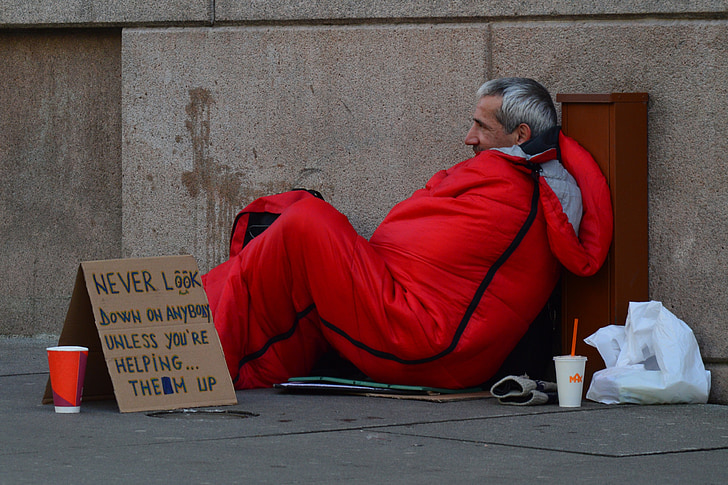
Health issues and homelessness are entangled in a vicious cycle, especially for seniors. A study by the University of California, San Francisco, found that older homeless adults often have multiple chronic health conditions, including hypertension, arthritis, and cognitive impairments. These health issues are both a cause and consequence of homelessness.
Moreover, the lack of stable housing exacerbates health problems, making it difficult for seniors to manage their conditions. The same study highlights that many older adults entered homelessness from housing situations where they lacked legal rights, such as living with family or friends without a lease. When these arrangements fall apart, seniors are left with few options, leading to a decline in both housing stability and health.
4. The Racial Disparity in Senior Homelessness
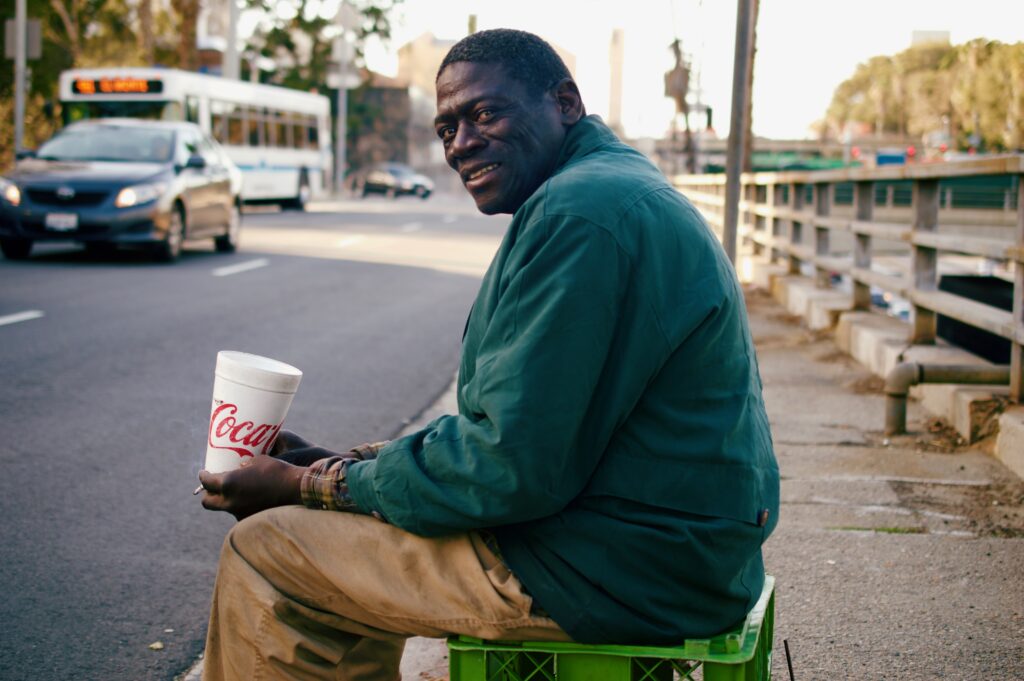
Homelessness doesn’t affect all seniors equally. According to the National Alliance to End Homelessness, people aged 50 or older are the fastest-growing group experiencing homelessness in America, and their numbers are projected to triple by 2030. Within this group, racial disparities are stark.
For instance, Black and Indigenous seniors are disproportionately represented among the homeless population. In California, older Black adults make up 31% of the homeless senior population, despite representing only 6% of the state’s senior population. These disparities highlight systemic issues that need to be addressed through targeted policies and support systems.
5. The Financial Tightrope: Seniors Living Paycheck to Paycheck

Many seniors are walking a financial tightrope, with one unexpected expense threatening to tip them into homelessness. The U.S. Interagency Council on Homelessness reports that nearly half of adults aged 55 or older experiencing homelessness were unsheltered, living in places not meant for human habitation.
This precarious situation is often due to fixed incomes that don’t keep pace with rising living costs. Social Security benefits, for instance, may not be sufficient to cover rent, healthcare, and other essentials. As a result, seniors are increasingly vulnerable to housing instability, highlighting the need for comprehensive financial support systems.
6. The Hidden Homeless: Seniors Couch-Surfing in Silence

Not all homeless seniors are visible on the streets; many are part of the “hidden homeless” population. These individuals often stay temporarily with friends or family, moving from place to place without a permanent residence. This form of homelessness is less visible but equally destabilizing.
The lack of a permanent address can make it difficult for seniors to access healthcare, social services, and financial assistance. Additionally, the constant movement and uncertainty can take a toll on mental health. Recognizing and addressing this hidden aspect of senior homelessness is crucial for creating effective support systems. Many of these seniors are also reluctant to disclose their housing instability out of pride or fear of burdening loved ones. That silence can lead to delayed intervention and worsened conditions. We need better data and outreach programs that don’t rely on someone visibly sleeping on a bench to count as “in crisis.”
7. The Digital Divide: Technology as a Barrier
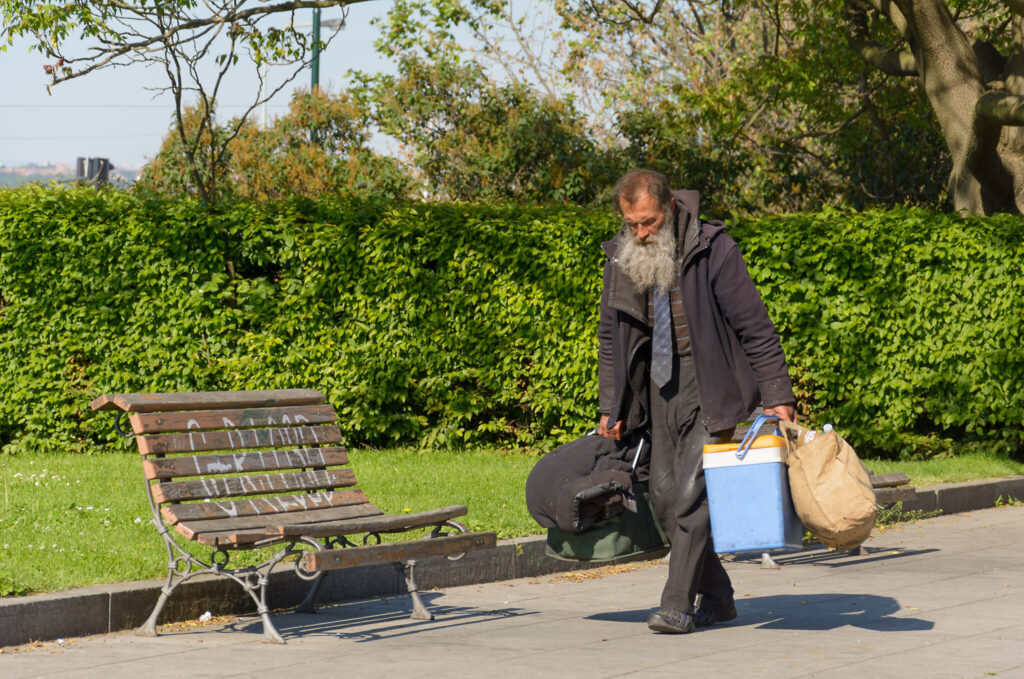
In today’s digital age, access to technology is essential for finding housing, employment, and social services. However, many seniors face a digital divide that hinders their ability to navigate these systems. A lack of digital literacy, limited access to devices, and unreliable internet connections can all contribute to this divide.
This technological gap can prevent seniors from applying for housing assistance, accessing healthcare information, or connecting with support networks. Bridging the digital divide through education and access to technology is a vital step in addressing senior homelessness. Something as simple as not knowing how to scan a document or access an email can become a major barrier to housing. Public libraries and community centers with tech support programs can be lifelines. But until these services are widespread, many older adults remain digitally stranded.
8. The Impact of Natural Disasters on Senior Homelessness
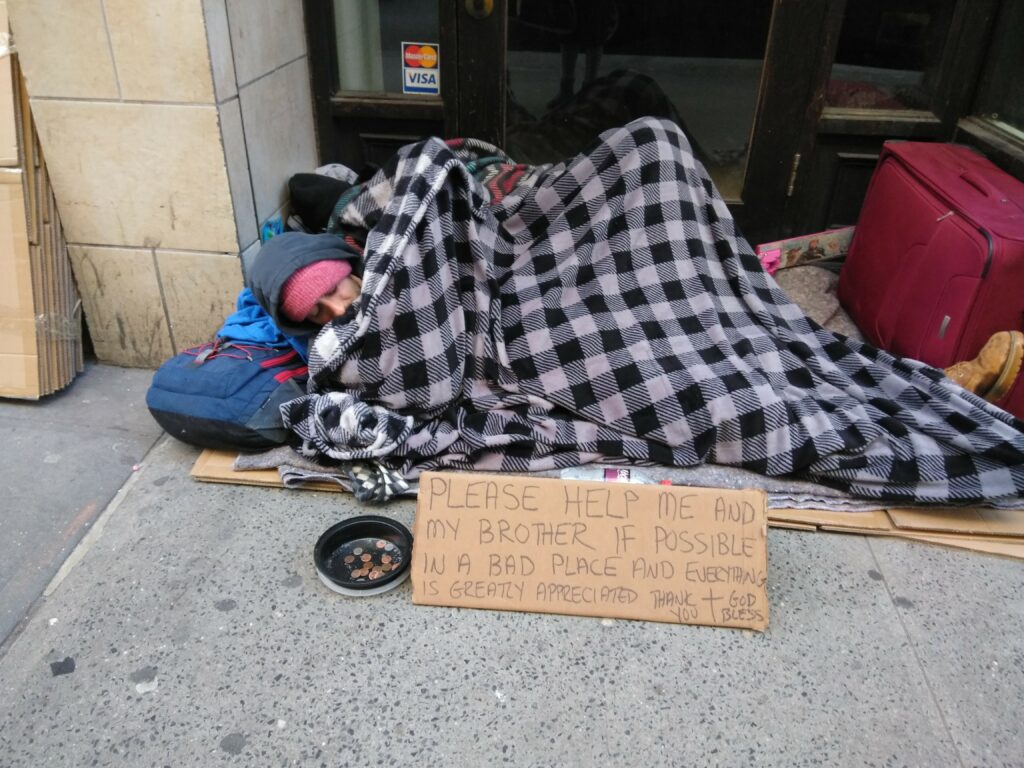
Natural disasters, such as wildfires, hurricanes, and floods, can have a devastating impact on housing stability, particularly for seniors. Older adults may have limited mobility, making evacuation difficult, and they may lack the resources to rebuild or relocate after a disaster.
In the aftermath of such events, seniors may find themselves without housing options, leading to increased homelessness. Emergency preparedness plans must consider the unique needs of older adults to prevent displacement and ensure their safety during and after disasters. Many rely on fixed incomes and have no emergency savings, making them especially vulnerable to long-term displacement. Additionally, senior-specific shelters are rare in post-disaster scenarios. We need resilient housing solutions and more inclusive emergency response systems.
9. The Role of Mental Health in Senior Homelessness
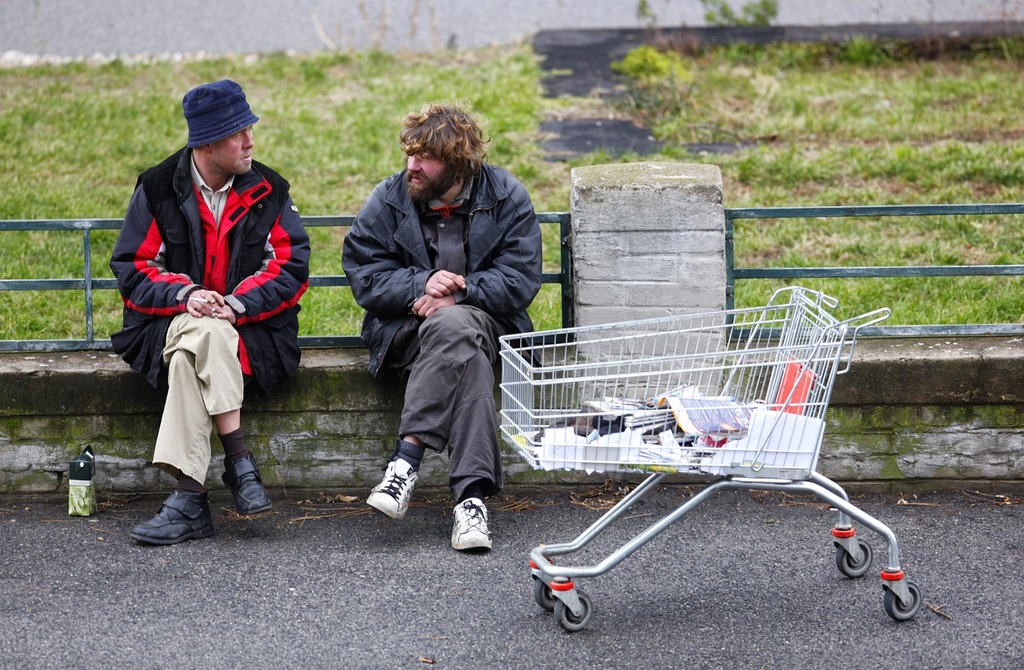
Mental health issues are both a cause and consequence of homelessness among seniors. Conditions such as depression, anxiety, and cognitive decline can contribute to housing instability, while the experience of homelessness can exacerbate these mental health challenges.
Access to mental health services is often limited for homeless seniors, creating a cycle of declining mental health and continued homelessness. Integrating mental health support into housing assistance programs is essential for addressing this aspect of the crisis. Many seniors suffer in silence, having grown up in eras that stigmatized mental health care. Others lose access to therapy and medication when they lose stable housing. Tailoring mental health services to older adults’ specific needs—both culturally and medically—is long overdue.
10. The Gender Gap: Women Facing Unique Challenges
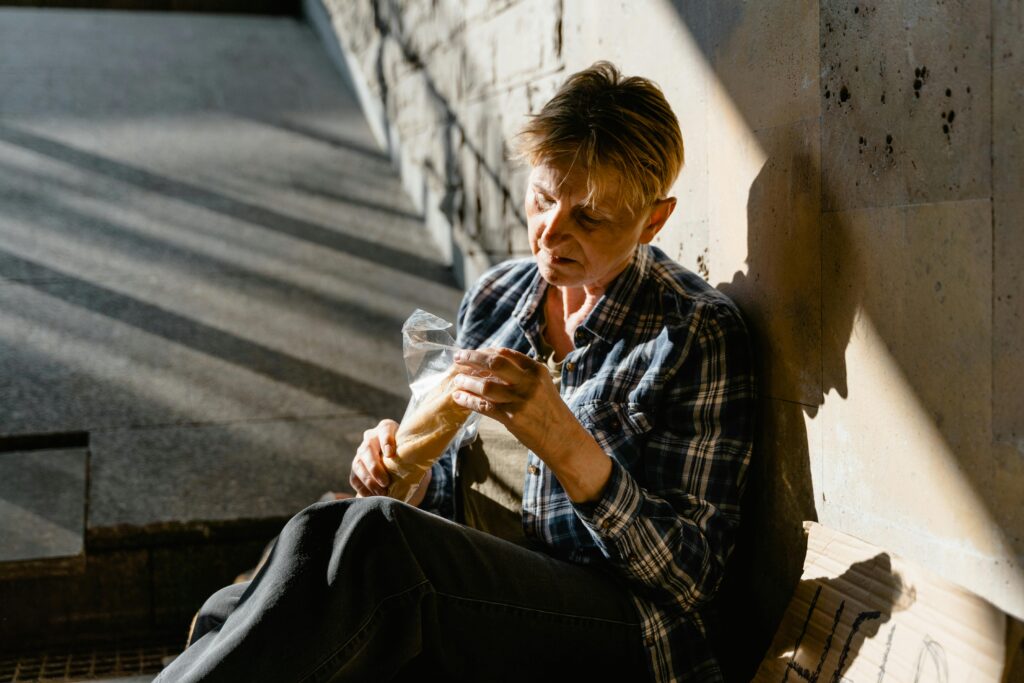
Senior women face unique challenges that increase their risk of homelessness. Factors such as lower lifetime earnings, caregiving responsibilities, and longer life expectancies contribute to financial insecurity in older age.
Additionally, older women may be more vulnerable to abuse and exploitation, further complicating their housing situations. Tailored support services that address the specific needs of senior women are necessary to mitigate these risks and provide stable housing solutions. Many women in this group also face isolation after the death of a spouse or partner. Without family support or strong social ties, it’s easy to fall through the cracks. Safety-focused housing with built-in community can make a huge difference.
11. The Importance of Community Support Networks
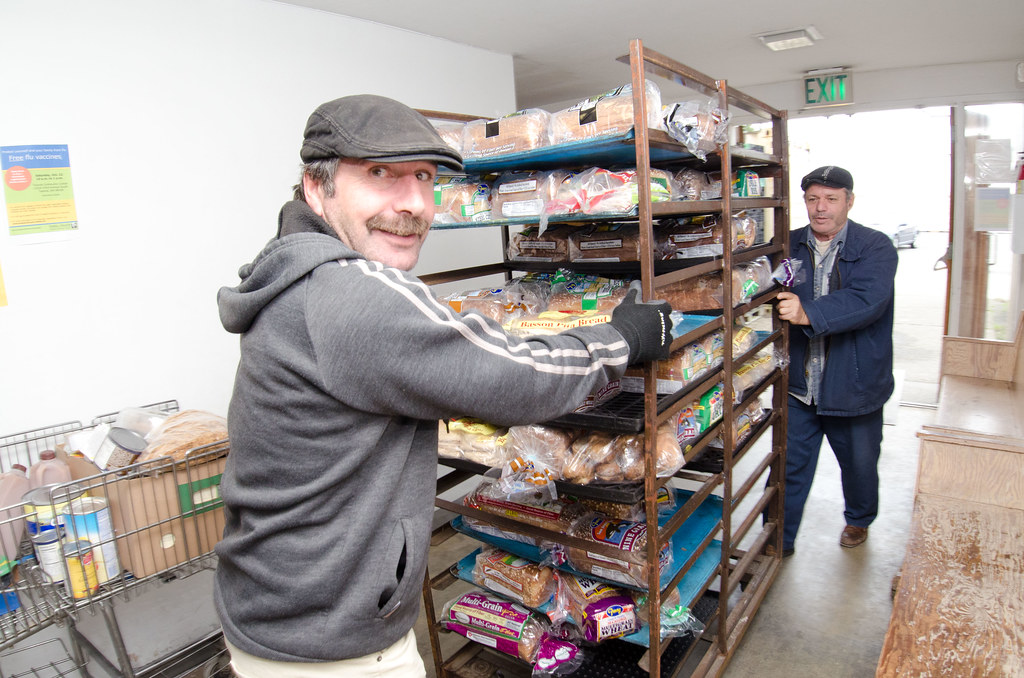
Strong community support networks can play a crucial role in preventing and addressing senior homelessness. Local organizations, faith-based groups, and volunteer programs can provide resources, companionship, and assistance with daily tasks.
These networks can help identify seniors at risk of homelessness and connect them with necessary services before a crisis occurs. Investing in community-based initiatives fosters a safety net that can catch seniors before they fall into homelessness. Even simple acts—like rides to the pharmacy or help filling out forms—can keep someone housed. Programs like senior meal deliveries often provide the only point of contact for at-risk individuals. We need to support these touchpoints before they disappear due to funding cuts.
12. The Need for Age-Friendly Housing
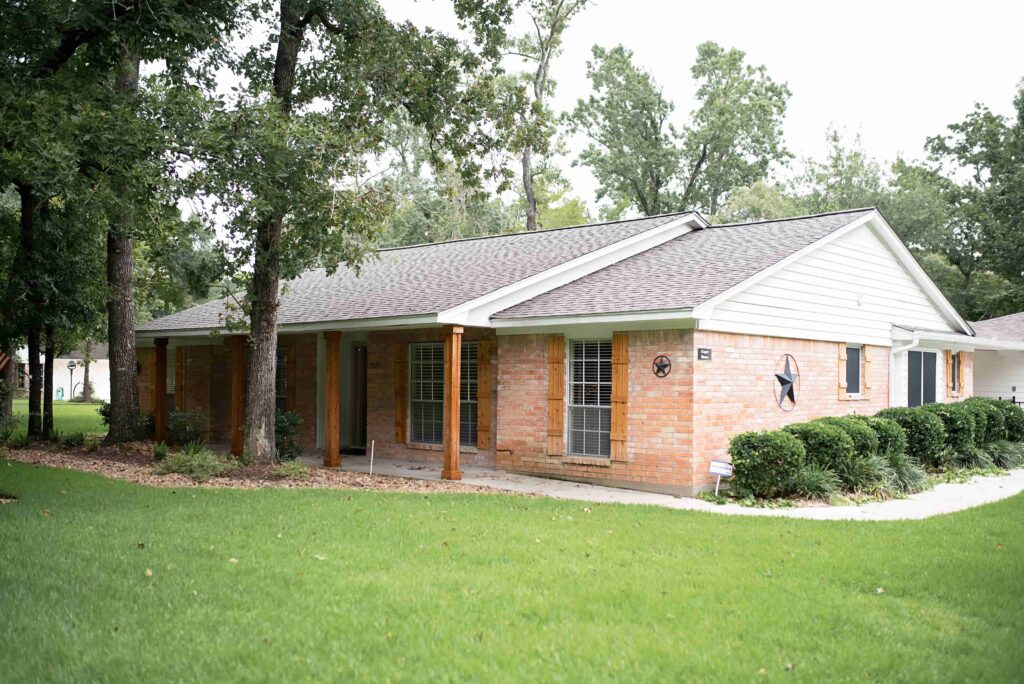
Traditional shelters and housing options may not meet the specific needs of older adults. Age-friendly housing includes features such as accessible design, proximity to healthcare services, and social engagement opportunities.
Developing and promoting age-friendly housing options can help ensure that seniors have safe, suitable places to live. This approach not only addresses homelessness but also enhances the overall quality of life for older adults. Ramps, grab bars, and no-stair layouts aren’t luxuries—they’re survival tools. Plus, housing that encourages community helps combat the loneliness that often shadows older age. If we can design for youth, we can design for dignity in later life too.
13. The Role of Policy and Legislation

Effective policies and legislation are critical in addressing senior homelessness. This includes funding for affordable housing, healthcare access, and social services tailored to the needs of older adults.
Advocacy at the local, state, and federal levels can drive the implementation of policies that protect seniors from housing instability. Engaging with policymakers and supporting legislation that prioritizes senior housing can lead to meaningful change. Rent control, eviction protections, and guaranteed income policies can dramatically reduce elder homelessness. Yet many of these ideas are still stuck in committee. Until seniors are seen as a voting bloc that demands attention, progress will remain slow.
14. The Power of Awareness and Advocacy
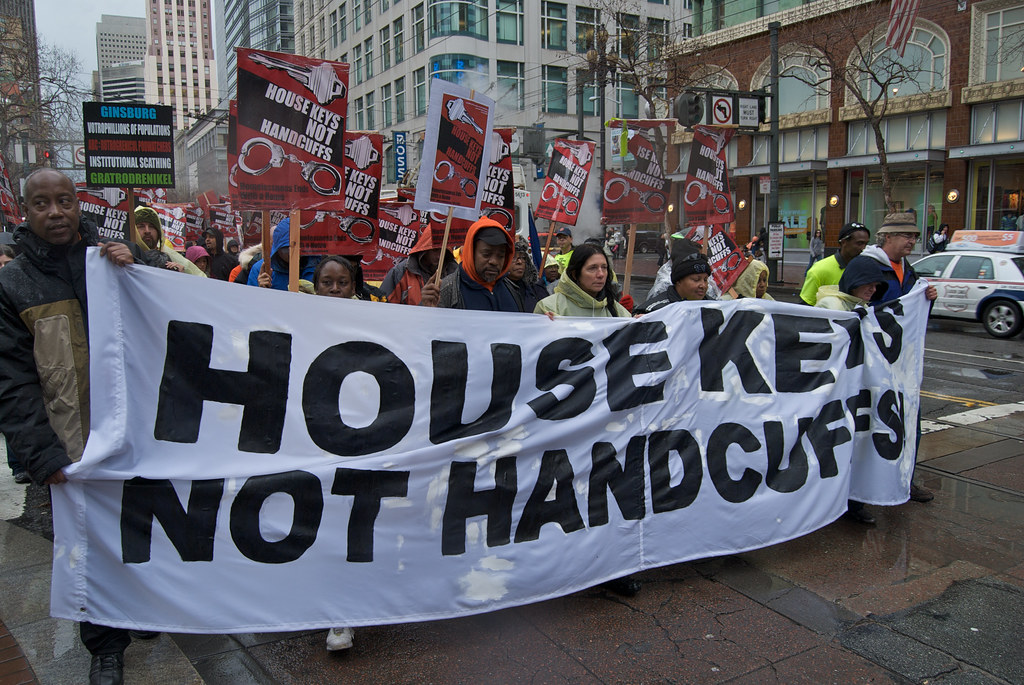
Raising awareness about senior homelessness is the first step toward creating solutions. Public education campaigns, media coverage, and community discussions can shed light on the issue and mobilize support.
Advocacy efforts can influence policy, attract funding, and inspire volunteerism. By bringing attention to the challenges faced by homeless seniors, society can work collectively to develop and implement effective strategies to combat this growing crisis. But it starts with empathy—recognizing that this could be your mom, your neighbor, or your future. The narrative around aging needs to shift from invisibility to urgency. Because everyone deserves stability and dignity, no matter how many candles are on their cake.
This article is for informational purposes only and should not be construed as financial advice. Consult a financial professional before making investment or other financial decisions. The author and publisher make no warranties of any kind.





